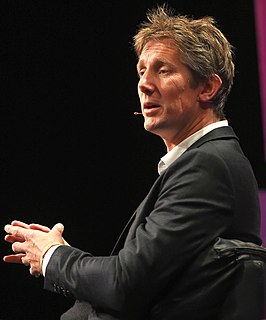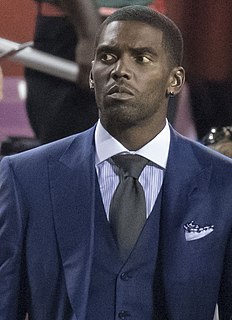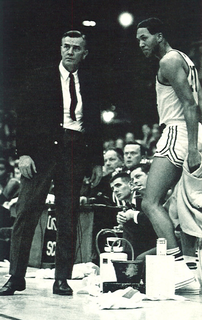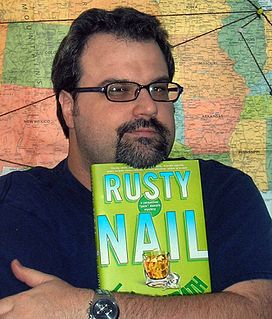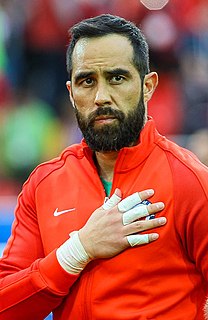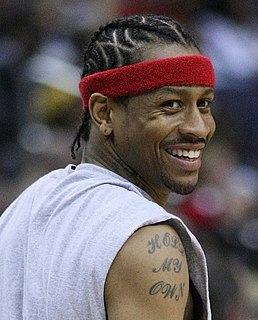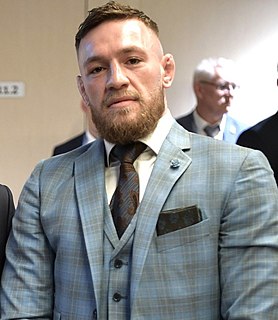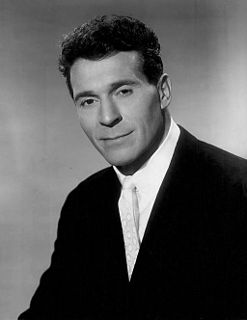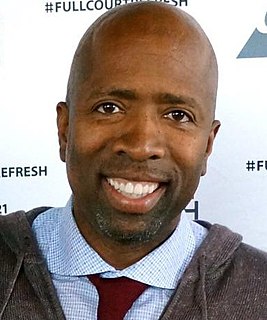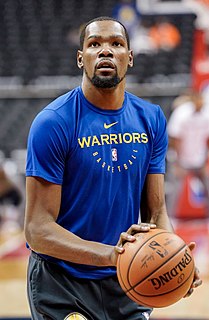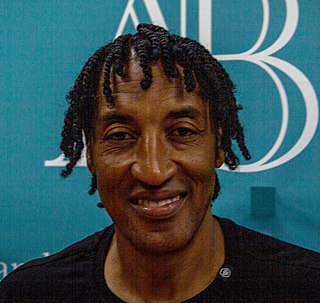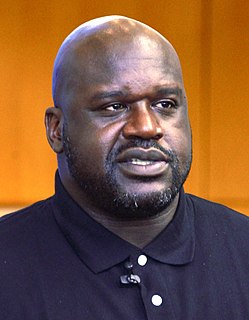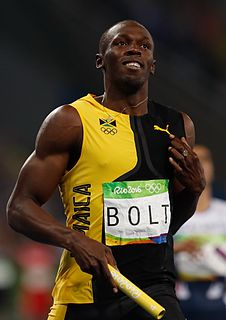A Quote by Matteo Guendouzi
I'd say my main quality is keeping the ball and my passing.
Related Quotes
My only focus after I start the putter away from the ball is keeping the back of my left wrist as fat as possible from start to finish. This is critical to keeping the putterhead and ball moving straight down the target line after impact. It's also how Rory Mcllroy squares his putterface, and obviously it works for him.
When I was in Dutch and Italian football, a lot of people looked at Manchester United, and when they were asked who was the best player, a lot of them said Paul Scholes. Much of what he did looked simple, but actually it was quite hard. Invariably he controlled the ball instantly and passed it straight on, keeping the game moving. He made inch-perfect passes across the pitch; he saw the gaps and could play the ball through them. So it didn't surprise me that so many top-class international footballers recognized his quality.
When covering the man with the ball, the defense should be able to touch the ball with his hand. He should assume this touching position as the ball is being received. When the ball is received, the defense should discourage the pass into the post area. The hands should be kept up. Keeping the hands up reduces a tendency to foul and allows a player to move his hands quickly.
Quality doesn't mean deep blacks and whatever tonal range. That's not quality, that's a kind of quality. The pictures of Robert Frank might strike someone as being sloppy-the tone range isn't right and things like that-but they're far superior to the pictures of Ansel Adams with regard to quality, because the quality of Ansel Adams, if I may say so, is essentially the quality of a postcard. But the quality of Robert Frank is a quality that has something to do with what he's doing, what his mind is. It's not balancing out the sky to the sand and so forth. It's got to do with intention.





